Search results
Author(s):
Robert Sykes
,
Daniel Doherty
,
Kenneth Mangion
,
et al
Added:
2 years ago
Author(s):
Jelmer Westra
,
Shengxian Tu
Added:
3 years ago
Physiological lesion assessment is recommended for the identification of intermediate coronary lesions that might benefit from percutaneous coronary intervention (PCI).1 The quantitative flow ratio (QFR) was developed to derive coronary physiology from angiographic images, whereas the optical flow ratio (OFR) is a more recent approach for the rapid and automated assessment of coronary physiology…
View more
Author(s):
Iosif Xenogiannis
,
Charalampos Varlamos
,
Despoina-Rafailia Benetou
,
et al
Added:
2 years ago
Author(s):
Ashok Seth
,
Sajal Gupta
,
Vivudh Pratap Singh
,
et al
Added:
3 years ago
In 1995, stent implantation became the second revolution in interventional cardiology when Colombo et al. demonstrated that intravascular ultrasound (IVUS)-guided post-dilatation of stents to achieve optimal expansion and larger lumens led to reduced restenosis and stent thrombosis (ST).1 This ‘bigger is better’ hypothesis became the technical cornerstone of all stent implantation in the bare…
View more
Author(s):
Rhian E Davies
,
J Dawn Abbott
Added:
3 years ago
Percutaneous Coronary Intervention for Clinical Syndromes
Stable Angina
The primary benefit of percutaneous coronary intervention (PCI) over medical therapy in patients with stable angina is the improved quality of life. The PCI in stable angina (ORBITA) trial was the first sham-controlled trial of PCI where 200 medically optimized patients with single vessel disease were randomized to PCI or…
View more
Author(s):
Benjamin Honton
,
Jacques Monsegu
Added:
2 years ago
Author(s):
Katrina Mountfort
Added:
3 years ago
Proceedings of Two Satellite Symposia Held at EuroPCR in May 2015 in Paris
The use of second-generation polymeric metallic drug-eluting stents (DES) in percutaneous coronary intervention (PCI) is now routine practice and has demonstrated excellent safety and efficacy compared with first-generation DES. These stents have enhanced PCI procedures, enabling the treatment of more complex lesions and…
View more
Author(s):
Nitin Chandramohan
,
Jonathan Hinton
,
Peter O’Kane
,
et al
Added:
1 month ago
Author(s):
Sean Fitzgerald
,
Maria Rubini Gimenez
,
Abdelhakim Allali
,
et al
Added:
1 year ago
Author(s):
Giovanni Luigi De Maria
,
Adrian P Banning
Added:
3 years ago
Detection of obstructive disease of the left main coronary artery (LMCA) is relatively unusual in the catheterisation laboratory, as it accounts for approximately 4 % of all coronary angiograms, with isolated LMCA disease observed in only 5–10 % of these cases.1
Intervention to the LMCA is, however, notable compared to the treatment of coronary stenosis elsewhere in the coronary tree. First,…
View more






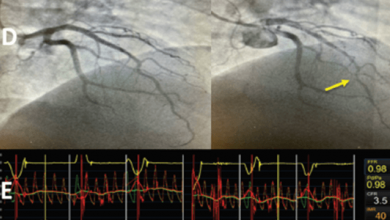
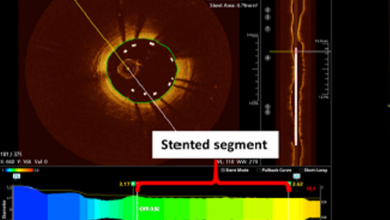
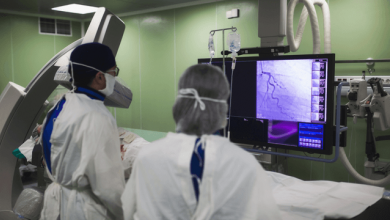
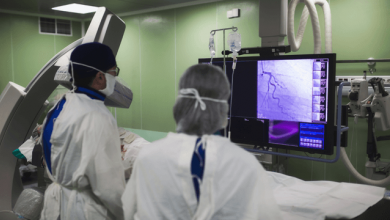

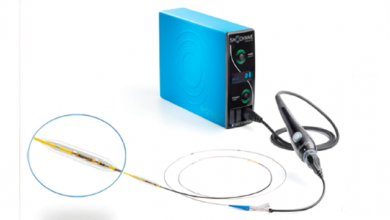



 « First
« First